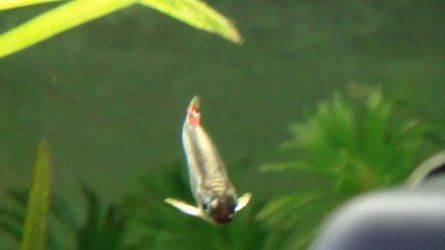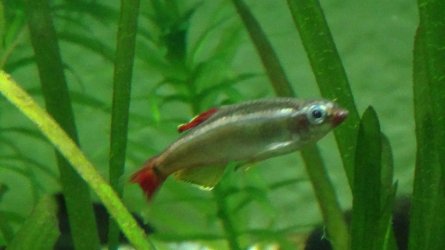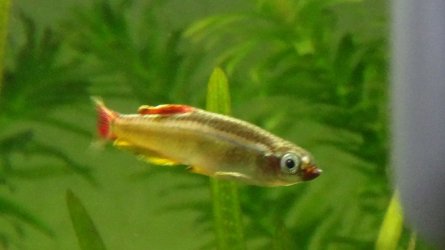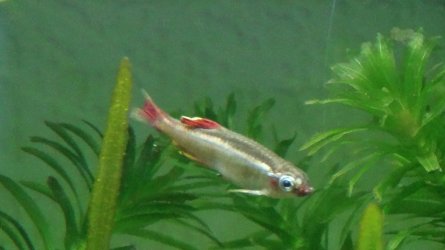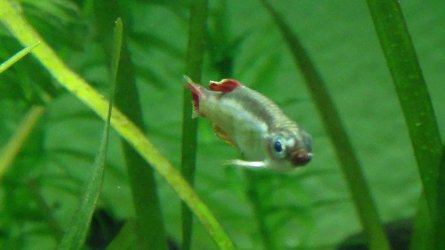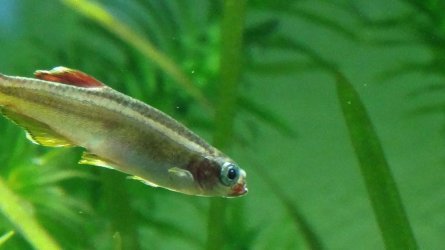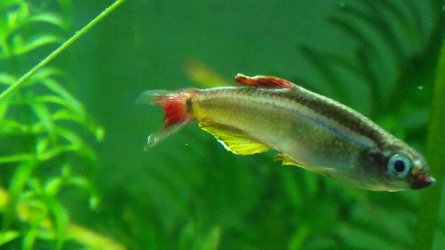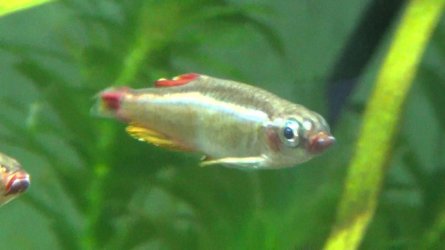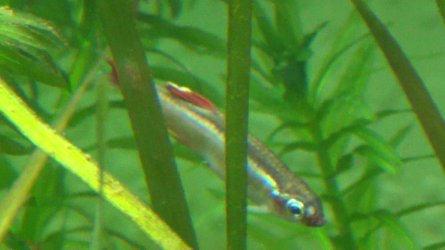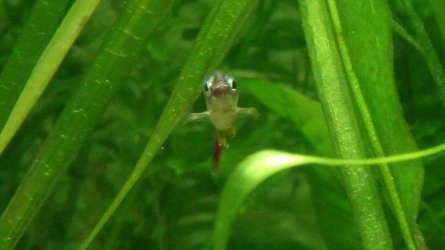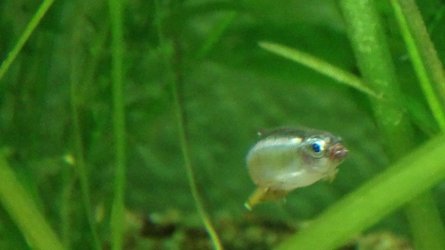I was thinking of filling a 1 litre water jug with a mix of hot/cold similar to what I use during a water change so I could test the TDS, but it might not be an accurate parallel. I don't think a drop from the pipettes I use is equivalent to 0.025ml, so I might end up over-dosing on the Prime into the test sample (not very useful).
Also, am I correct in assuming the warm water is really just cold water from outside of the house put through an additional process over the course of a number of hours, with there being very little reason for it to be drastically different in TDS levels compared to the cold water (excepting the presence of heavy metals from the hot water tank)? I also note that I didn't dechlorinate the test sample last night, so I am not sure if chlorine and chloramine would affect the TDS results.
The best time for me to test TDS of the tap water is right before adding it to the tank during a water change; then I'm measuring a real situation and not hypothetical situations, and dosing with the (just about) appropriate amount of Prime (a drop extra or two wouldn't distort the results as much as in a small scale test on a litre or a few litres).


